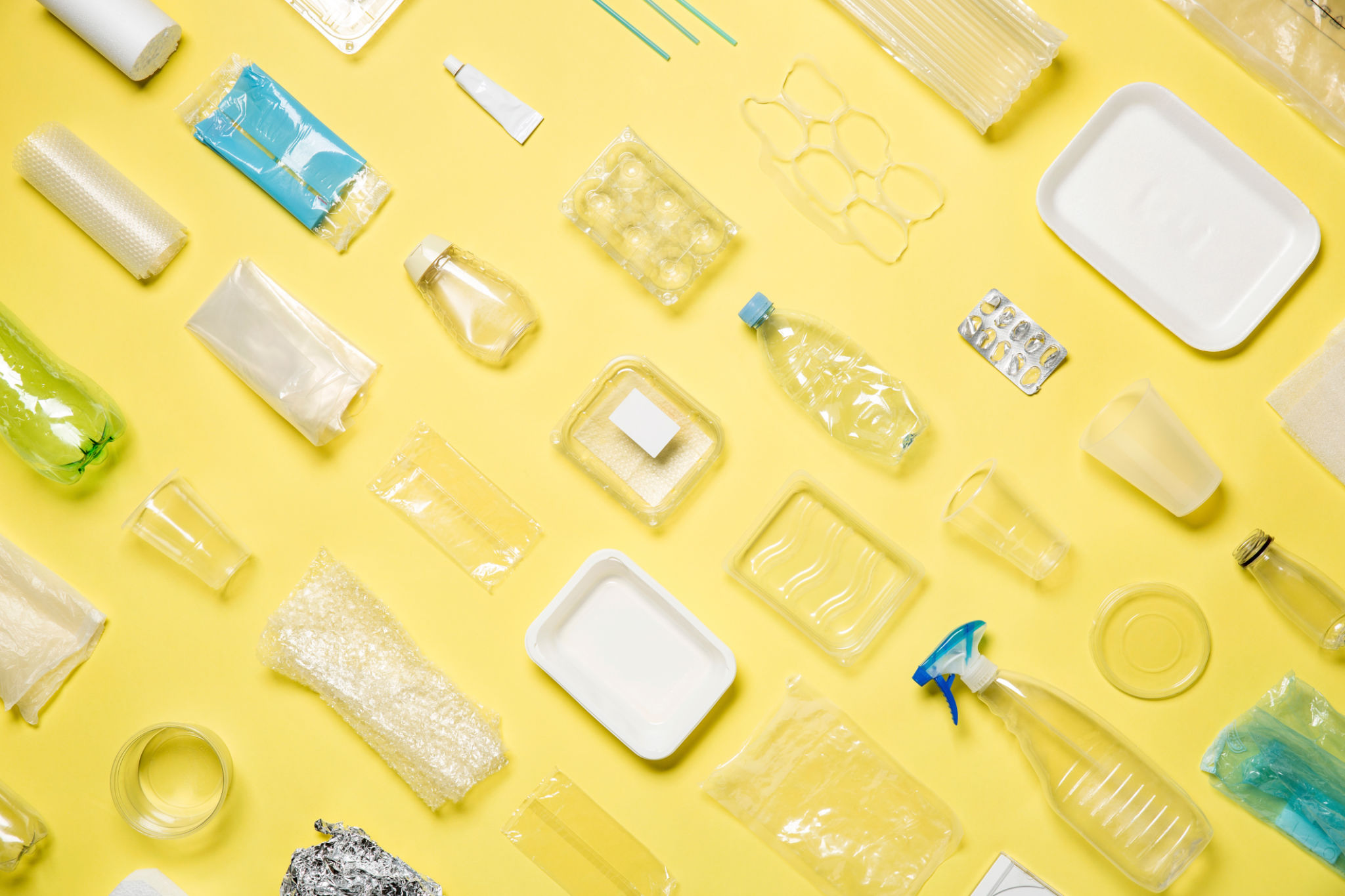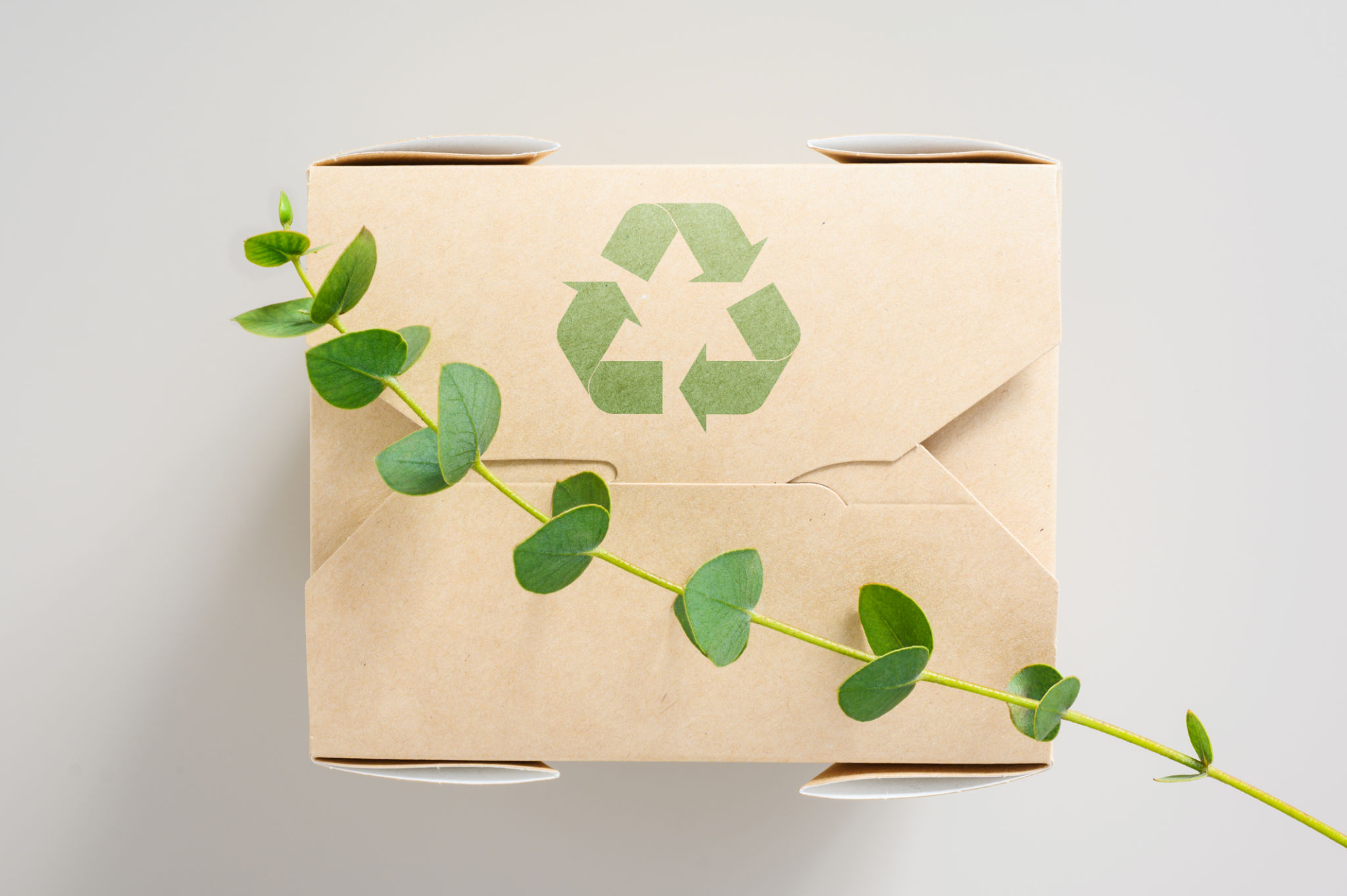Understanding the Environmental Impact of BOPP Plastic in Packaging
The Rise of BOPP Plastics in Packaging
As the demand for durable and versatile packaging materials grows, Biaxially Oriented Polypropylene (BOPP) plastics have become increasingly popular. Known for their strength and clarity, BOPP plastics are widely used in food packaging, labeling, and various other industries. However, understanding their environmental impact is crucial as we strive for sustainable practices.

What is BOPP Plastic?
BOPP plastic is a type of polypropylene film that is stretched in both the machine and transverse directions. This process enhances its clarity, strength, and barrier properties. These characteristics make BOPP an ideal choice for packaging, providing excellent protection against moisture and oxygen, thereby extending product shelf life.
The Environmental Concerns
Despite its advantages, the production and disposal of BOPP plastics pose significant environmental challenges. The manufacturing process involves the use of fossil fuels, contributing to carbon emissions. Furthermore, BOPP plastics are not biodegradable, leading to concerns about their accumulation in landfills and natural environments.

Recycling and Reusability
One of the potential mitigations for BOPP’s environmental impact is improving recycling processes. While BOPP can technically be recycled, the current infrastructure is often insufficient to handle it effectively. Increasing awareness and developing better recycling facilities can reduce waste and promote a circular economy.
Innovative Alternatives
As sustainability becomes a priority, companies are exploring alternatives to traditional BOPP plastics. Biodegradable films and bio-based plastics are emerging as promising options. These materials aim to offer similar benefits while minimizing environmental harm.

The Role of Consumers and Industries
Consumers can play a vital role in influencing the packaging industry by supporting brands that prioritize sustainable practices. Industries, on the other hand, must innovate and invest in green technologies to reduce their ecological footprint.
Future Perspectives
Looking ahead, collaboration between governments, companies, and consumers is essential to address the environmental challenges posed by BOPP plastics. Policies encouraging research and development of eco-friendly alternatives could pave the way for more sustainable packaging solutions.
In conclusion, while BOPP plastics offer numerous benefits in packaging, their environmental impact cannot be overlooked. By understanding these implications and striving for better recycling methods and innovative alternatives, we can work towards a more sustainable future.